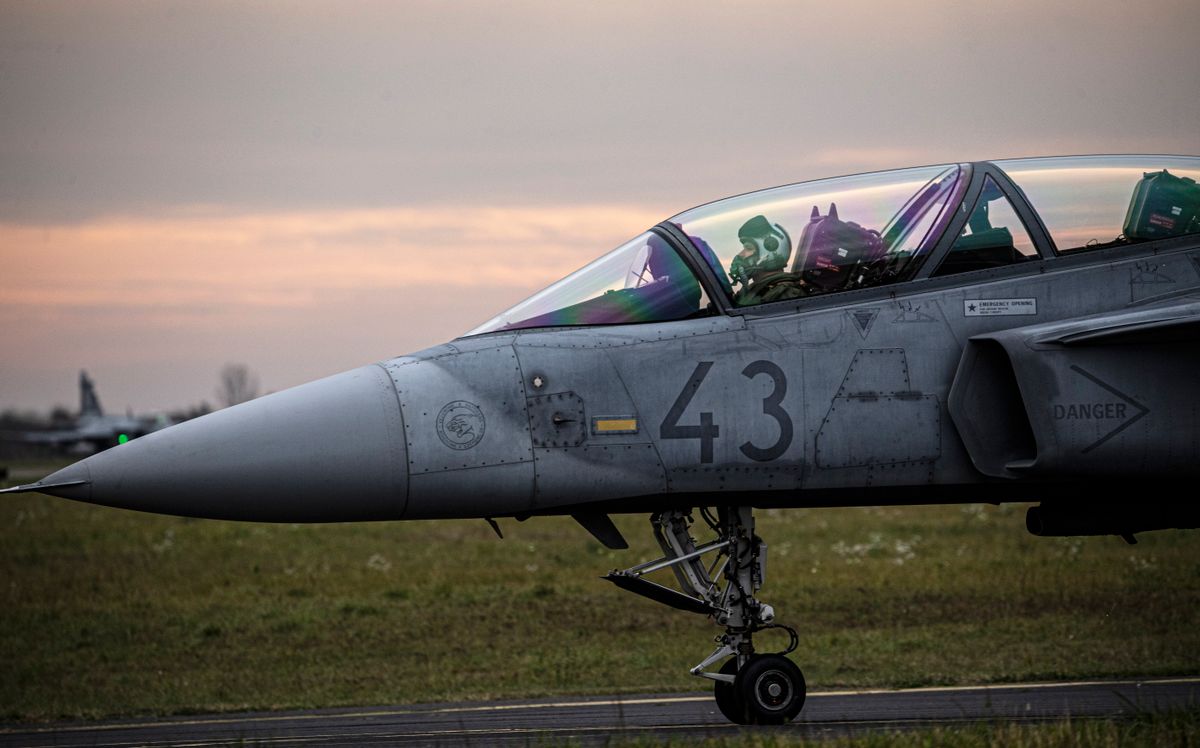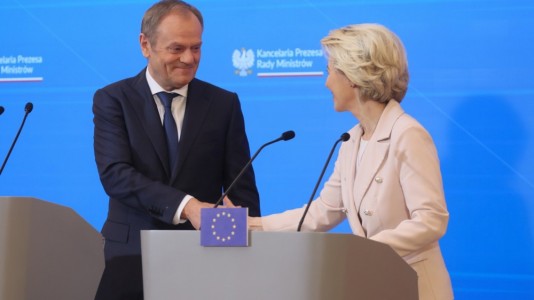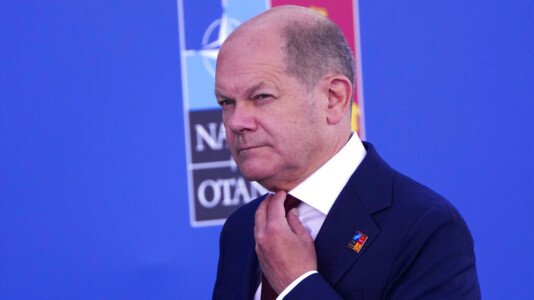Last week, Hungary ordered an additional four JAS 39 Gripen C/D fighters from Sweden, and both the original procurement of the aircraft and the move to further increase its inventory were the best decisions for the country, according to a review by the Magyar Nemzet newspaper.
After joining NATO in October 2000, the first administration of Prime Minister Viktor Orbán formally requested bids from 14 NATO countries for the purchase of second-hand combat aircraft. The government was finally faced with a choice: the American F-16 or the Swedish-British Saab Gripen.
There were arguments for and against both products: the F-16 was already the most widely used fighter aircraft in the world and had been deployed on many battlefields. The Gripen, although more modern, had never been used in combat. It was also well known in professional circles that F-16s were more expensive but that the Gripen’s armament, or more precisely the integration of newer and newer equipment, was a major cost.
The National Security Cabinet, after weighing military, economic, and political considerations, finally announced the procurement of the JAS 39 A/B Gripen in 2002. The contract was later modified, and the A/B aircraft ordered were eventually converted to a C/D configuration, which was already equipped for air-to-air refueling and included more advanced canopy equipment.
The capabilities of the Gripen are well illustrated by the fact that the Swedish C variant aircraft also proved its worth in 2006 in one of the world’s most challenging simulation environments, the Red Flag exercise in Alaska. Considered inferior in performance to other Western fighters, the Swedish fighters evaded all ground defenses and “destroyed” 10 enemy aircraft on the first day alone.
Five F-16s of the Royal Norwegian Air Force were pitted against just three Swedish fighters. The result was telling: The Gripens took out their opponents, all of them F-16s or the much more capable F-15s, twice in three rounds without any loss and only suffered one loss in the third round.
During the exercise, the Gripen was the only fighter to carry out all its planned missions, even in bad weather, while the other aircraft waited on the ground for the weather to clear.
With the addition of the four new planes, the Hungarian Air Force will have increased the size of its fighter fleet to 18, which means it will be able to both defend its national air space and lend a hand to NATO allies, as it has been doing since NATO established the Baltic Air Policing in 2004, with participating NATO members in three-month rotations.






